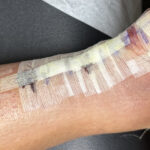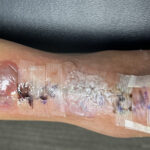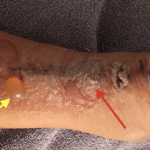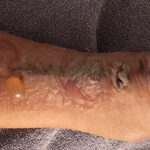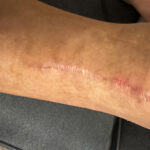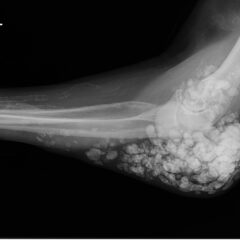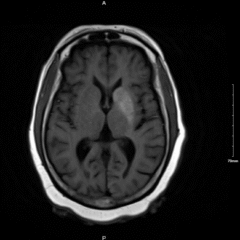Case Report of a Dermatologic Reaction to Wound Closure Strips and Liquid Adhesive
ABSTRACT:
Type IV hypersensitivity reactions are delayed, cell-mediated reactions between T cells and antigens that normally occur usually within 48 to 72 hours after exposure to an antigen. This is a case of a 51-year-old male status post left Achilles tendon repair with findings consistent with a type IV hypersensitivity reaction on post-operative day 12. The patient’s examination revealed blistered and macerated skin underneath the region of the wound closure strips and liquid skin adhesive. Wound care and debridement were initiated on post-operative day 14 by a wound care specialist. After six weeks of weekly wound care with debridement, the wound ultimately healed. Clinicians should be aware of the ability for any patient to develop a delayed type IV hypersensitivity reaction to treatment regimens, including dermatologic wound closure strips and liquid skin adhesives.
Topics:
Type IV hypersensitivity reaction, wound closure strips, liquid skin adhesive.

